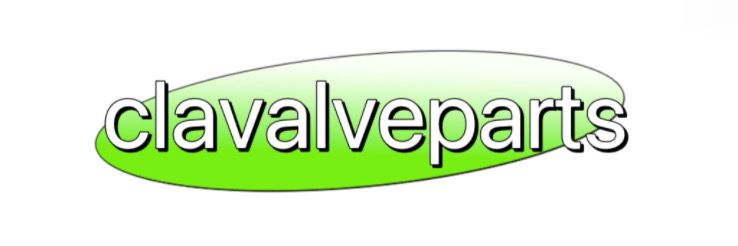How to Choose the Right Induction Heating System: How Does Induction Heating Work?
Choosing the right induction heating system can significantly impact your operational efficiency, energy consumption, and overall productivity. With the increasing demand for advanced heating technologies, understanding the principles of induction heating and considering multiple factors is vital when selecting the appropriate system for your needs.
What is Induction Heating?
Induction heating is a technology that employs electromagnetic induction to effectively heat conductive materials, predominantly metals. The core principle involves passing an electrical current through a coil, which generates a magnetic field. When a conductive material, like metal, enters this magnetic field, it induces electric currents, referred to as eddy currents, within the metal, leading to rapid heating.
Understanding the Operation of Induction Heating
The functionality of induction heating can be broken down into several essential components:
- Induction Coil: This component creates the electromagnetic field responsible for heating the metal.
- Workpiece: This term refers to the item being heated. Its characteristics, such as electrical conductivity and magnetic permeability, substantially influence heating efficiency.
- Power Supply: The power supply delivers the necessary electrical energy to the induction coil.
The efficiency of this system stems from the fact that heat is produced internally within the metal itself rather than externally, which leads to quicker heating times and minimizes energy loss.
Key Factors to Consider When Selecting an Induction Heating System
Choosing the right induction heating system involves evaluating several critical factors:
1. Application Type
It's crucial to define the specific application for which the induction heating system will be used. Common applications encompass hardening, melting, forging, brazing, and heating metals for soldering or assembly. Each application may necessitate varied frequencies, power levels, and coil designs.
2. Workpiece Material
The material type being heated greatly affects the system's efficiency. For example, ferromagnetic materials tend to heat more effectively than non-ferrous metals due to their unique magnetic properties. A comprehensive understanding of your workpiece's characteristics is essential for achieving optimal heating results.
3. Power Requirements
Assess the power levels needed for your specific processes. Systems with higher power capacities can heat materials more rapidly but might also incur increased energy costs. It's important to align power levels with your production speed requirements.
4. Coil Design
Induction coils are available in various designs and configurations. Selecting the right coil design should correspond to your application's needs, workpiece shape, and budget constraints. Creating a custom coil might enhance performance tailored to specialized applications.
5. Budget and Return on Investment
While induction heating systems can vary widely in price, it is vital to evaluate both the initial investment and ongoing operational expenses. An appropriately selected system can deliver greater efficiency, resulting in significant long-term savings.
The Advantages of Induction Heating
Utilizing induction heating systems yields numerous benefits, including:
- Efficiency: Induction heating is known for its exceptional efficiency, minimizing energy waste.
- Speed: The ability to heat materials quickly reduces overall cycle times.
- Precision: Accurately controlling heating parameters fosters better quality assurance.
- Safety: Induction systems are safer to use, with reduced risks associated with open flames or excessive heat exposure.
Conclusion
Choosing the right induction heating system necessitates a comprehensive understanding of the technology and a clear assessment of your specific operational requirements. By scrutinizing factors such as application type, workpiece material, power needs, coil design, and budget considerations, you can ensure that you invest in a system that enhances both productivity and efficiency in your operations.
For further insights into the latest developments in induction heating technology, consider sharing this informative post within your network. Knowledge is key to making informed choices!
For more information, please visit how does induction heating work, OEM high frequency pot annealing machine company, custom induction hardening machines for sale factory.

Comments